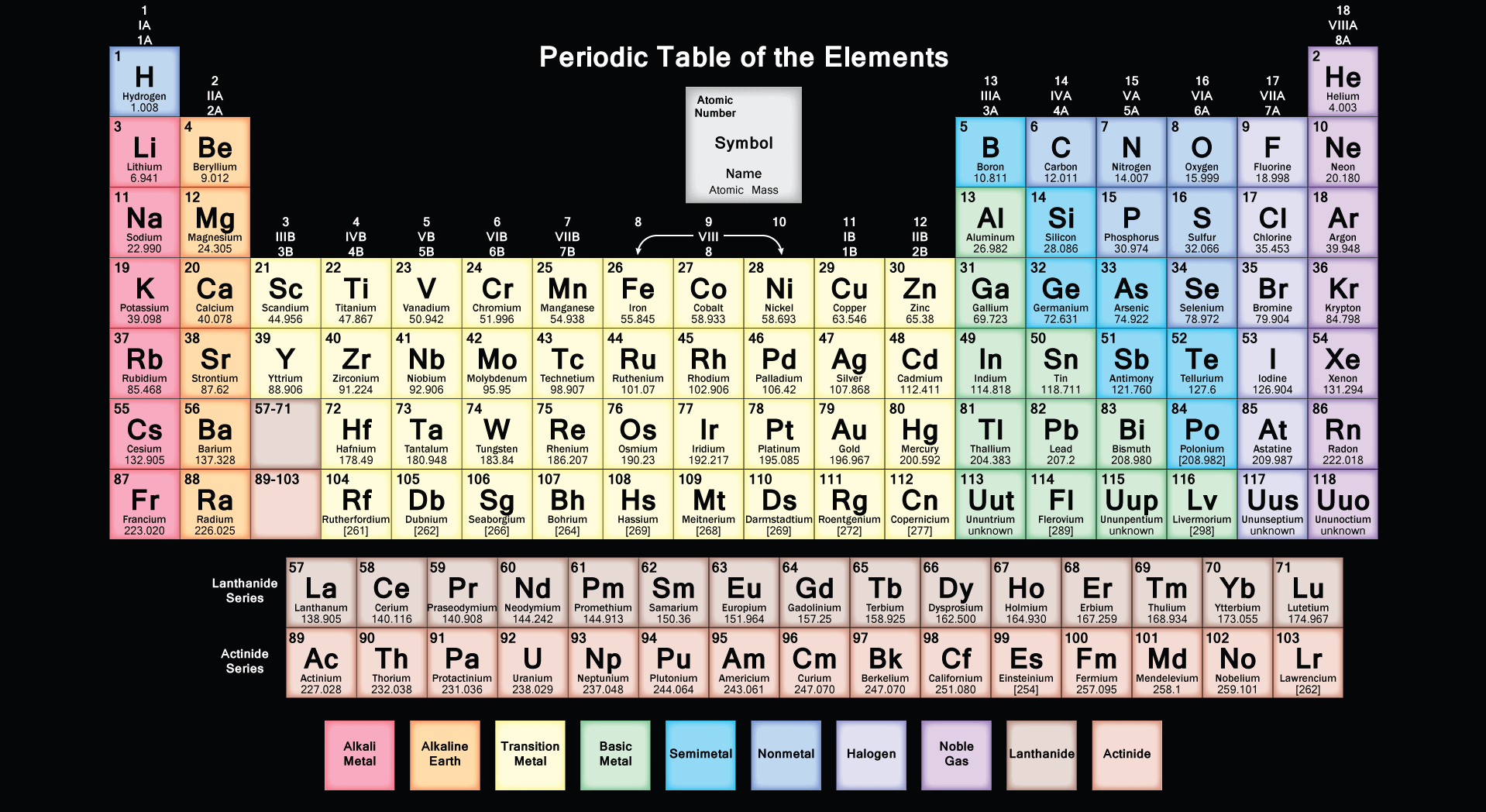
The element that is the best oxidizing agent is:
A) Ca
B) Au
C) H
D) Fe
Answer
514.5k+ views
Hint: An oxidizing agent can be basically explained as a reactant in a redox reaction, that causes other substances to lose electrons, and then accept these electrons for itself. A reducing agent performs the exact opposite operation to this. A reducing agent itself loses its electrons and makes them available for getting accepted by other reactants.
Complete answer:
Before we move forward with the solution of this question, let us first understand some basic concepts.
Reduction potential: Reduction potential can be understood as the tendency of an element or a compound to gain electrons, i.e. undergo reduction. To put it in simpler terms, it is the extent to which an atom or a molecule can be reduced.
With respect to reduction potentials, we observe certain trends in the periodic table. They can be listed as follows:
As we move from left to right in a period in the periodic table, the electronegativity of the atom goes on increasing. This is because the more and more electrons get added to the same shell, and hence they experience a greater pull from the nucleus. This increases the electronegativity of the atom. Higher the electronegativity, means higher would be the ability of the atom to undergo reduction. Hence, the electron reduction potential decreases as we move from left to right in the period.

Similarly, as we move from top to bottom in a group in the periodic table, the atomic size increases and hence the electronegativity decreases. Because of this, reduction potential also decreases from top to bottom in the periodic table.
The oxidizing nature of any species is dependent on the reduction potential of the given species. The higher the reduction potential, the higher would be the oxidizing nature of the species. From the data above, we can say that Fe or iron has the highest reduction potential, and hence is the best oxidizing agent out of the given options.
Hence, Option D is the correct option
Note: Hydrogen is not the strongest oxidizing agent because of the limited nuclear charge present in the atom of hydrogen. The net effective nuclear force of attraction is far less than the other options mentioned in the question.
Complete answer:
Before we move forward with the solution of this question, let us first understand some basic concepts.
Reduction potential: Reduction potential can be understood as the tendency of an element or a compound to gain electrons, i.e. undergo reduction. To put it in simpler terms, it is the extent to which an atom or a molecule can be reduced.
With respect to reduction potentials, we observe certain trends in the periodic table. They can be listed as follows:
As we move from left to right in a period in the periodic table, the electronegativity of the atom goes on increasing. This is because the more and more electrons get added to the same shell, and hence they experience a greater pull from the nucleus. This increases the electronegativity of the atom. Higher the electronegativity, means higher would be the ability of the atom to undergo reduction. Hence, the electron reduction potential decreases as we move from left to right in the period.

Similarly, as we move from top to bottom in a group in the periodic table, the atomic size increases and hence the electronegativity decreases. Because of this, reduction potential also decreases from top to bottom in the periodic table.
The oxidizing nature of any species is dependent on the reduction potential of the given species. The higher the reduction potential, the higher would be the oxidizing nature of the species. From the data above, we can say that Fe or iron has the highest reduction potential, and hence is the best oxidizing agent out of the given options.
Hence, Option D is the correct option
Note: Hydrogen is not the strongest oxidizing agent because of the limited nuclear charge present in the atom of hydrogen. The net effective nuclear force of attraction is far less than the other options mentioned in the question.
Recently Updated Pages
Master Class 12 Business Studies: Engaging Questions & Answers for Success

Master Class 12 Economics: Engaging Questions & Answers for Success

Master Class 12 English: Engaging Questions & Answers for Success

Master Class 12 Maths: Engaging Questions & Answers for Success

Master Class 12 Social Science: Engaging Questions & Answers for Success

Master Class 12 Chemistry: Engaging Questions & Answers for Success

Trending doubts
What is meant by exothermic and endothermic reactions class 11 chemistry CBSE

Which animal has three hearts class 11 biology CBSE

10 examples of friction in our daily life

One Metric ton is equal to kg A 10000 B 1000 C 100 class 11 physics CBSE

1 Quintal is equal to a 110 kg b 10 kg c 100kg d 1000 class 11 physics CBSE

Difference Between Prokaryotic Cells and Eukaryotic Cells




